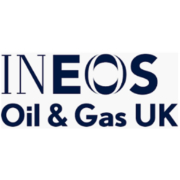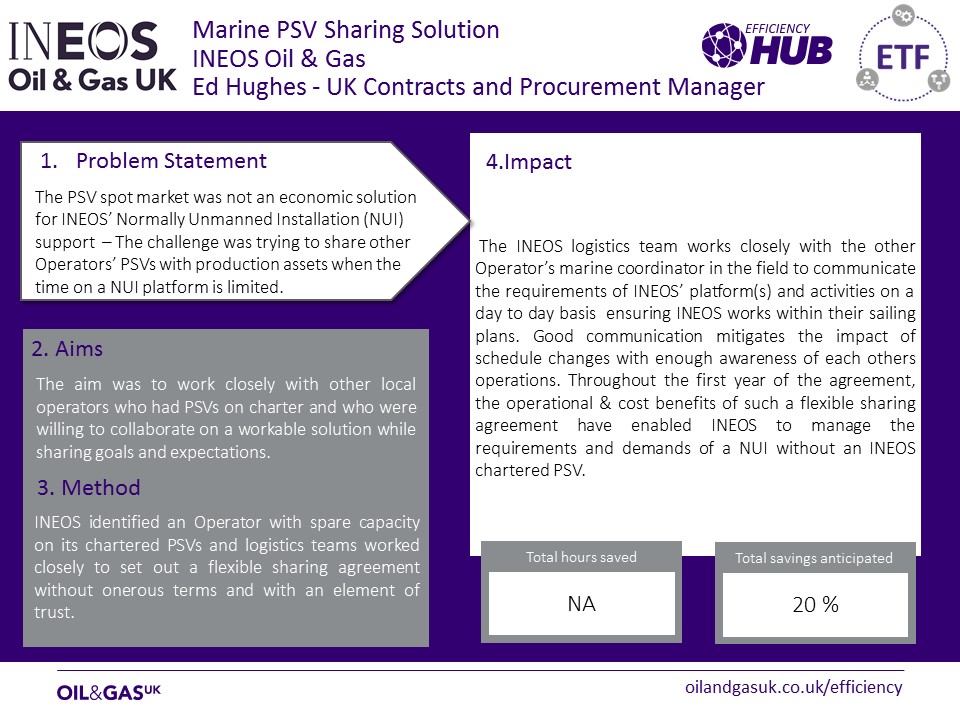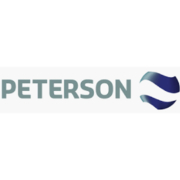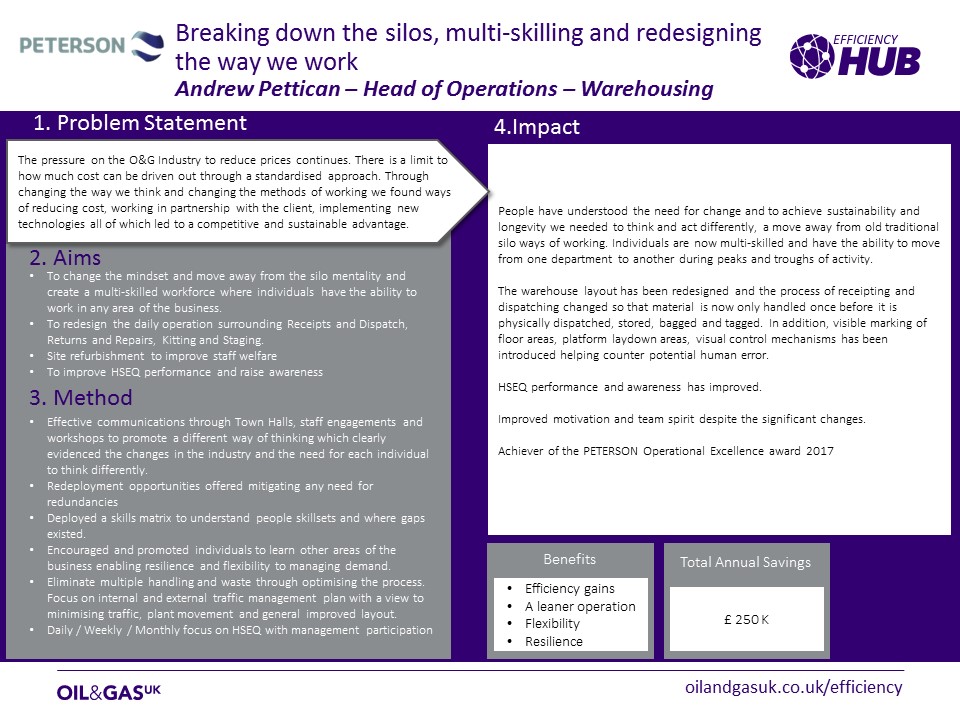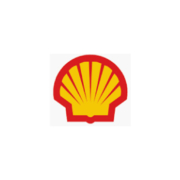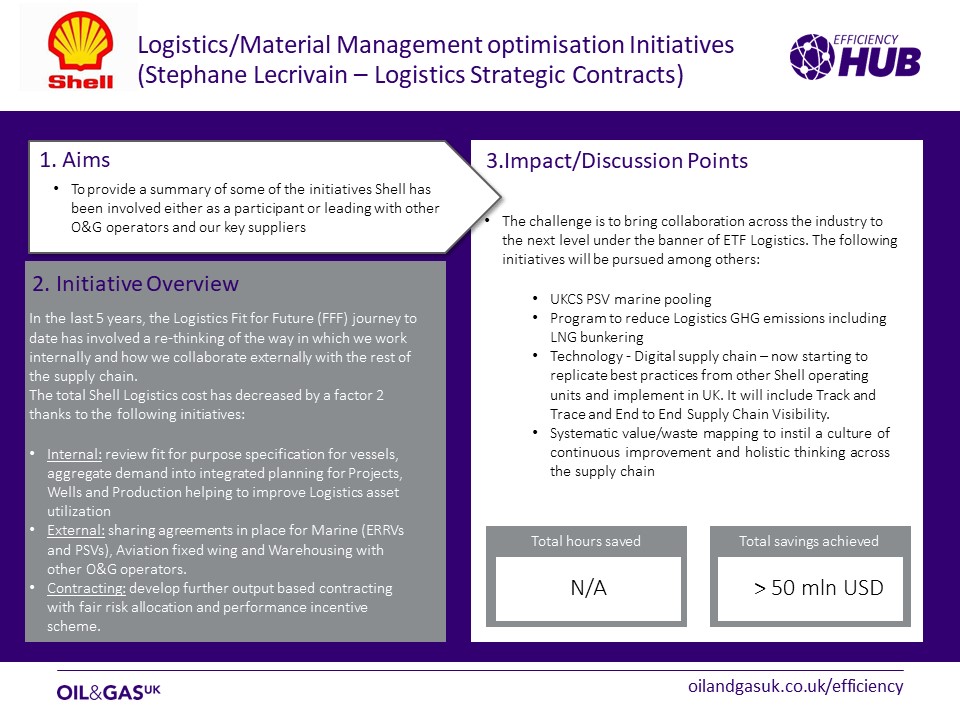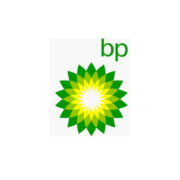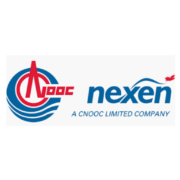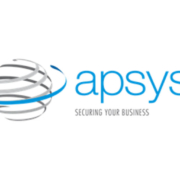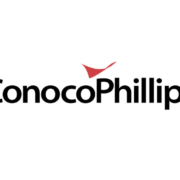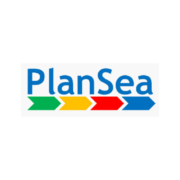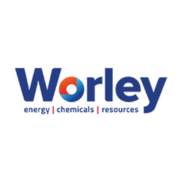Submitted by Nexen
Impact
- Focus on reducing offshore Non Productive Time (NPT) has enabled Nexen to challenge the manner in which it operates its Platform Supply Vessel (PSV) fleet and change entrenched ways of working.
- Resulted in the reduction of PSV fleet by one term vessel and reduction in dependency of ad hoc spothires.
- Resulted in annualised savings of £3.5 – £4 Million.
- Further improvements to vessel sailing schedules have the potential to reduce PSV fleet further, saving an additional £1.25 – £1.5 million per annum
- Vessel savings have been a major contributor in improving Nexen’s lifting costs in 2016
Description of Best Practice
Nexen’s efficiency drive to controlling ‘dead time’ in offshore vessel logistics has resulted in annualised savings of £3.5 – £4 million and has been a major contributor to improving the company’s lifting costs per barrel in 2016.
The successful initiative has also reduced its PSV fleet by one vessel and lessened dependency on ad hoc spot hires.
In 2015, Nexen embraced the concept of ‘Marginal Gains’ across its UK operations. The theory is derived from small percentile changes resulting in significant improvements in overall performance. The marginal gains approach was applied to improvements in the efficiency of offshore logistics, as this is a high cost area for the business.
Prior to this, offshore logistics involving the delivery of equipment, plant and materials from suppliers to offshore installations, was seen as a tactical activity and little analysis was done on measuring or optimising the efficiency of vessel activity or indeed fleet size.
The business began to explore how it could manage these costs more effectively and initiated increased analysis and understanding of the causes of NPT. This NPT became a key business metric and the leadership team set a stretch target of reducing logistic NPT to below 30% in 2015.
This challenged the offshore teams into placing greater emphasis on planning and scheduling to ensure the PSVs were working more efficiently. Within four months, the target was reached and proved to be sustainable throughout the year. Building on this success, vessel NPT metrics where also examined in conjunction with PSV deck utilisation and port NPT, which demonstrated that further cost management improvements could be implemented, including vessel sharing and ultimately reducing the PSV fleet.
Nexen’s logistics team continued working collaboratively with the onshore asset support teams and offshore teams to develop a revised sailing schedule, based on sharing PSV sailings between Nexen’s Buzzard and Golden Eagle installations.
In January 2016, the vessel sharing was implemented without any disruption to operations and enabled Nexen to reduce the PSV fleet from four vessels to three. At this time, further refinements to the vessel sailing schedules are also being considered to include other Nexen installations. This has been a great example of using high level metrics to challenge engrained behaviours and encouraging greater teamwork to deliver efficiency improvements.
Contact: Granville Clutterbuck
Granville.Clutterbuck@nexencnoocltd.com

